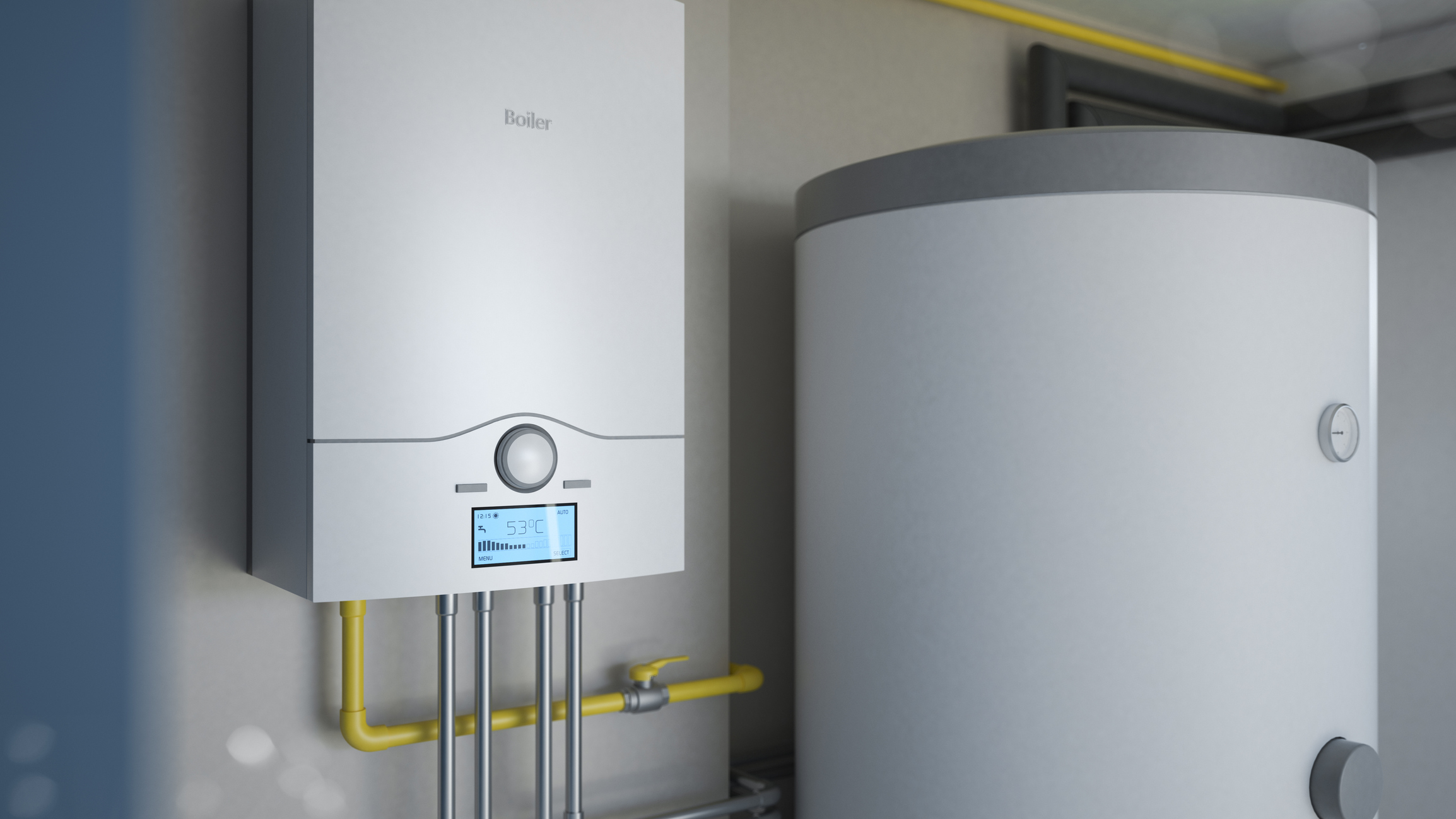Effective Strategies for Maintaining Your Home's Hot Water SystemBest Ways to Maintain Your Home's Hot Water System Successfully
Effective Strategies for Maintaining Your Home's Hot Water SystemBest Ways to Maintain Your Home's Hot Water System Successfully
Blog Article
This great article on the next paragraphs in relation to Tips For Maintaining Your Hot Water Heater is totally entertaining. You should read it.

Warm water is necessary for daily convenience, whether it's for a rejuvenating shower or washing recipes. To guarantee your hot water system runs efficiently and lasts much longer, normal upkeep is essential. This short article supplies functional suggestions and understandings on just how to maintain your home's hot water system to avoid disturbances and costly repairs.
Intro
Maintaining your home's warm water system could seem daunting, however with a few straightforward actions, you can ensure it runs smoothly for several years to come. This overview covers whatever from recognizing your hot water system to do it yourself upkeep suggestions and recognizing when to contact specialist assistance.
Importance of Maintaining Your Warm Water System
Regular maintenance not just extends the life expectancy of your hot water system however also guarantees it operates efficiently. Neglecting upkeep can cause decreased performance, greater energy costs, and even early failing of the system.
Signs Your Warm Water System Requirements Upkeep
Understanding when your hot water system needs attention can stop significant concerns. Watch out for indicators such as inconsistent water temperature level, odd noises from the heating system, or rustic water.
Recognizing Your Hot Water System
Before diving right into maintenance jobs, it's useful to comprehend the basic elements of your warm water system. Typically, this includes the hot water heater itself, pipes, anode rods, and temperature level controls.
Monthly Maintenance Tasks
Routine month-to-month checks can aid catch minor problems prior to they rise.
Flushing the Water Heater
Purging your hot water heater gets rid of sediment build-up, boosting performance and prolonging its life.
Checking and Changing Anode Rods
Anode poles protect against deterioration inside the tank. Examining and replacing them when worn is vital.
Checking and Readjusting Temperature Settings
Changing the temperature settings guarantees ideal efficiency and safety and security.
Do It Yourself Tips for Upkeep
You can execute numerous upkeep jobs on your own to maintain your warm water system in leading problem.
Looking for Leaks
Regularly inspect pipelines and links for leaks, as these can lead to water damage and higher costs.
Testing Stress Alleviation Valves
Examining the stress safety valve ensures it functions correctly and avoids excessive pressure accumulation.
Protecting Pipelines
Protecting warm water pipes decreases warm loss and can save energy.
When to Call a Professional
While DIY upkeep is valuable, some problems need expert competence.
Complicated Problems Requiring Professional Help
Instances consist of major leakages, electric troubles, or if your hot water heater is constantly underperforming.
Routine Professional Maintenance Benefits
Specialist upkeep can consist of extensive evaluations, tune-ups, and guaranteeing compliance with safety and security criteria.
Final thought
Regular upkeep of your home's warm water system is important for performance, durability, and cost financial savings. By complying with these suggestions and knowing when to look for expert help, you can ensure a reliable supply of warm water without unforeseen disruptions.
How to Maintain an Instant Hot Water Heater
Before tinkering with your hot water heater, make sure that it’s not powered on. You also have to turn off the main circuit breaker and shut off the main gas line to prevent accidents. Also turn off the water valves connected to your unit to prevent water from flowing into and out of the appliance. 2. When you’re done, you have to detach the purge valves’ caps. These look like the letter “T” and are situated on either side of the water valves. Doing so will release any pressure that has accumulated inside the valves while at the same time avoid hot water from shooting out and burning your skin. 3. When the purge valves’ caps are removed, you have to connect your hosing lines to the valves. Your unit should have come with three hoses but if it didn’t, you can purchase these things from any hardware or home repair shops. You can also get them from retail stores that sell water heating systems. Read the user’s manual and follow it to complete this task properly. When the hosing lines are connected, open the purge port’s valves. 4. You should never use harsh chemical cleaners or solutions when cleaning your unit. Make use of white vinegar instead. It should be undiluted and you’ll probably use about 2 gallons. 5. Now flush your water heater. This task should probably take about 40 minutes. We can’t give you specific directions for this because the procedure is carried out depending on the type, model and brand of your heater. With that being said, refer to the user’s manual. 6. When you’re done draining the unit, you have to turn off the purge port valves again. Remove the hosing lines that you earlier installed on each of the water valves. Put the valve caps (purge port) back in their respective places and be very careful so as not to damage the rubber discs that are found inside these caps. 7. Now that everything’s back in place, check your user’s manual again to find out how to reactivate your water heating system. 8. Once it is working, turn one of your hot water faucets on just to let air pass through the heater’s water supply pipes. Leave the tap on until water flows smoothly out of it. https://www.orrplumbing.com/blog/2014/september/how-to-maintain-an-instant-hot-water-heater/

As a passionate reader about Tips on Maintaining a Water Heater, I imagined sharing that segment was sensible. Are you aware of someone else who is in to the topic? Be sure share it. I treasure your readership.
Schedule Now! Report this page